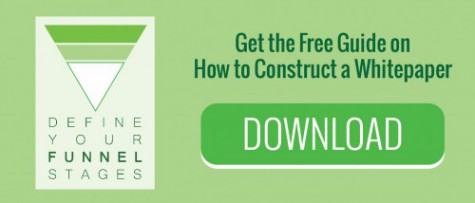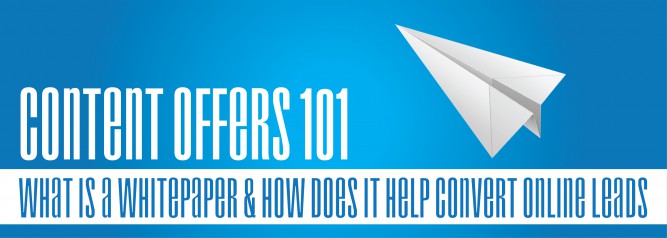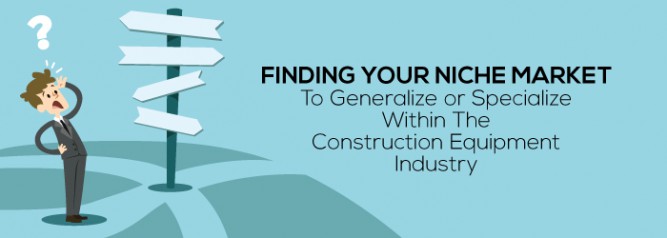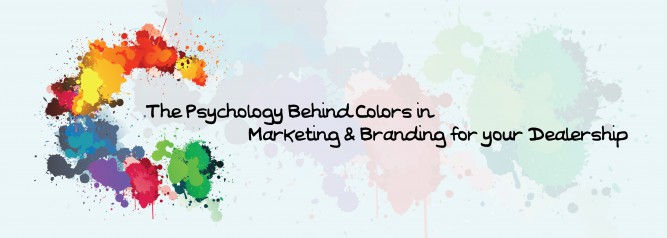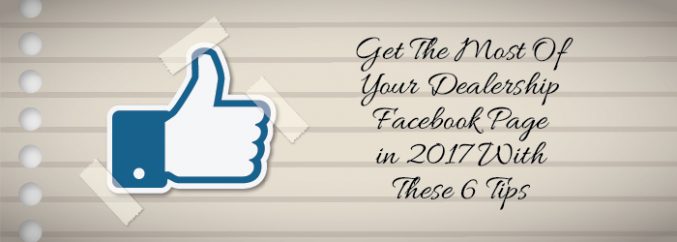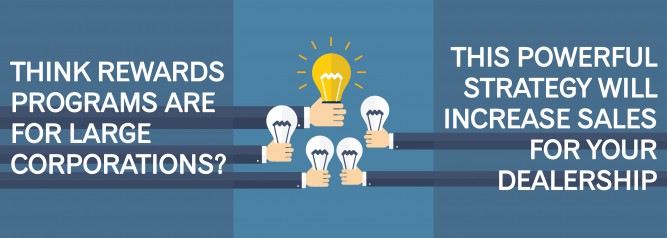
Out With The Old, In With The New | How The Buying Process Has Changed With The Times
You aren’t still following the same old sales process from the last century, are you? If so, your dealership is losing out on opportunities, becoming progressively more irrelevant to potential buyers. The times have changed, and so has the buying process.
Fear not, though. Adapting to today’s sales process will actually make it easier for your reps to succeed. That’s because instead of your reps doing all the “heavy lifting,” potential customers are now doing much of the work themselves.
Out with the old.

- Attention, introducing them to your products to build awareness.
- Interest, presenting them with product-specific information.
- Desire, convincing them they wanted or needed your trucks or equipment or service or parts.
- Action, trying to close each deal.
In with the new.
The modern buying process is a collaborative partnership between your sales rep and their prospect. It is problem-specific and buyer-driven, not sales rep-driven. What’s so different about this new buying process?
- It’s problem-specific, not product-specific. The prospect has a need – a pain point or desire. They know the cause, so they have at least some idea what kind of solution they need.
- It’s buyer-driven, not sales rep-driven. The sales mantra of old – create a need and fill it – no longer applies. The process is now based on the prospect’s need to acquire something, not your rep’s need to sell something. So instead of controlling the decision-making journey, sales reps must work to understand the buyer’s needs and align themselves with that goal in a key supporting role.
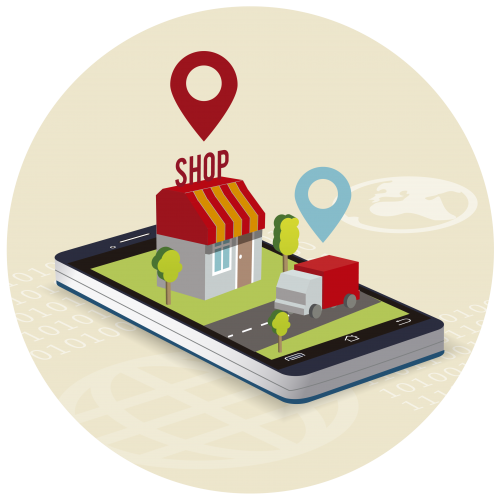
Step 1: Awareness
Thanks to the internet, buyers can learn plenty on their own about your dealership and your product line. Studies show today’s buyer has completed 57% of their decision-making process before they ever talk to a sales rep.
In that time, they have identified the problem they need to solve, researched possible solutions to that problem and researched possible truck or construction equipment dealers capable of helping them. This is the top-of-funnel buying stage, and your sales rep is not even a part of the process.
But your inbound marketing efforts are. That’s why it’s essential that your website, social media, email and other marketing content be well-targeted and highly relevant to your audience segments.
Step 2: Consideration
The potential buyer is winnowing the options they have uncovered, evaluating each one to identify the most viable potential solutions to their problem. This is the mid-funnel buying stage, and your sales rep plays a vital role. But it’s a dramatically different role.
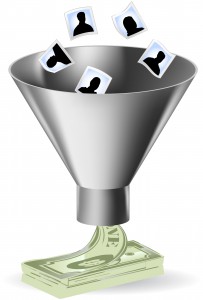
Step 3: Decision
The prospect continues to assess product options, now looking for the best fit to solve their problem. This is the bottom-of-funnel buying stage. Your sales rep continues to assist, educating the prospect about specific product features most relevant for their work and competitive benefits most valuable for their business.
The new buying process gives sales reps a chance to truly shine. Your sales team has vast product knowledge but also industry knowledge and experience. As they use all that skill and expertise to consult with prospects, they establish meaningful relationships that continue to grow as the buying process moves forward. It’s a working partnership that can build trust and loyalty that last for years.
